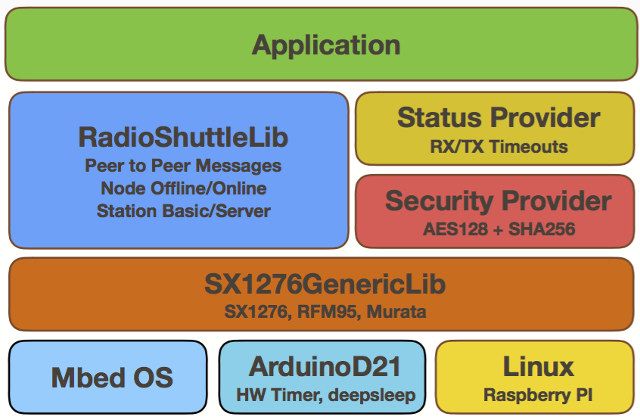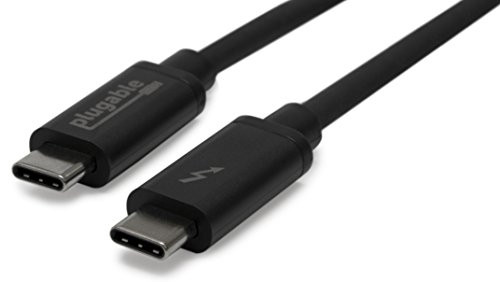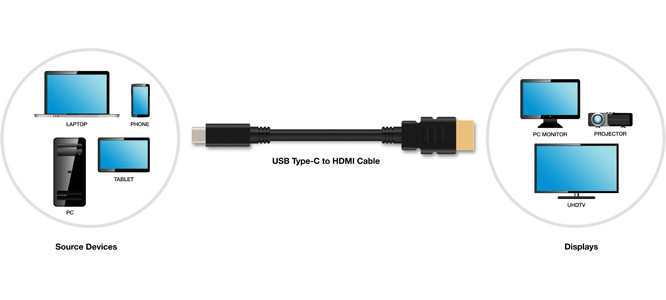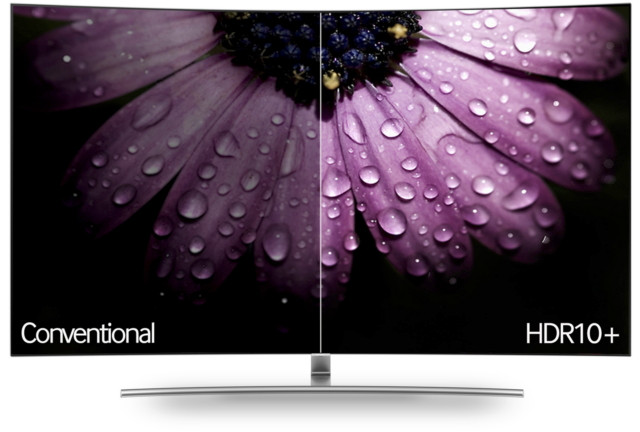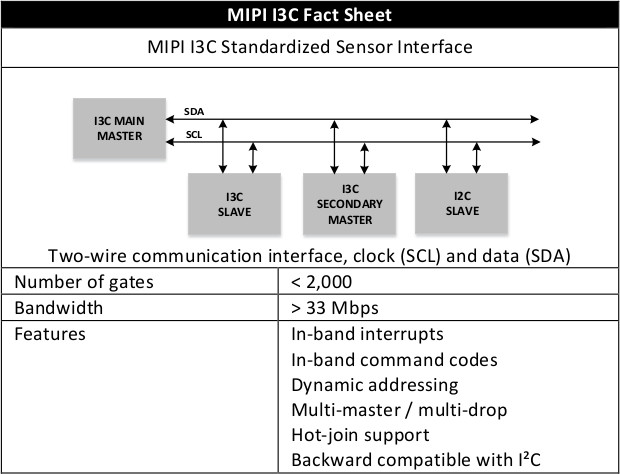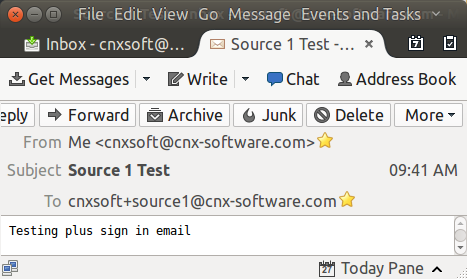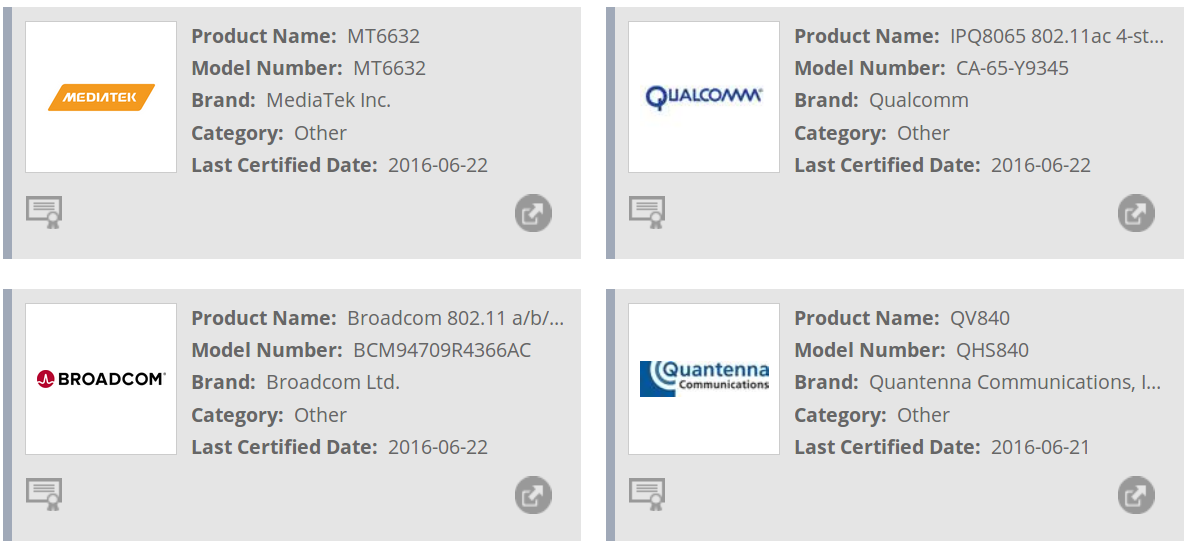LoRaWAN protocol is one of the most popular LPWAN standards used for the Internet of Things today, but some people found it “lacked efficiency, did not support direct node-to-node communication, and was too costly and far too complicated for many applications”, so they developed their own LoRa wireless protocol software called RadioShuttle, which they claim is “capable of efficiently sending messages in a fast and secure way between simple LoRa modules”. Some of the key features of the protocol include: Support for secure or insecure (less time/energy) message transmission, multiple messages transmission in parallel Unique 32-bit device ID (device number) per LoRa member, unique 16-bit app ID (program number for the communication) Security – Login with SHA-256 encrypt password; AES-128 message encryption Air Traffic Control – Nodes only send if no LoRa signal is active on that channel. Optimized protocol – Message delivery within 110 ms (SF7, 125 kHz, free […]
USB 3.2 To Bring 20 Gbps Transfer Rate to Existing USB type C Cables
The USB 3.0 Promoter Group has recently announced the upcoming USB 3.2 specification that defines multi-lane operation for compatible hosts and devices, hence doubling the maximum theoretical bandwidth to 20 Gbps. Only USB Type-C cables were designed to support multi-lane operation, so other type of USB cables will not support USB 3.2, and stay limited to 10 Gbps. USB 3.2 will allow for up to two lanes of 5 Gbps, or two lanes of 10 Gbps operation, so if you want to achieve 20 Gbps transfer rate, you’ll need a USB Type C cable certified for SuperSpeed USB 10 Gbps, beside hosts and devices that comply with USB 3.2. Anandtech explains that two high speed data paths are available in USB type C connector as shown above, which are also used for alternate modes, and the USB 3.1 standard makes use of one of those paths for 10 Gbps transfer, […]
Bluetooth Low Energy Now Supports Mesh Networking for the Internet of Things
The Bluetooth Special Interest Group (SIG) has announced support for mesh networking for BLE, which enables many-to-many (m:m) device communications, and is optimized for large scale device networks for building automation, sensor networks, asset tracking solutions, and other IoT solutions where up to thousands of devices need to reliably and securely communicate with one another. The standard actually specifies 32,767 unicast addresses per mesh network, but that number of nodes is not achievable right now. Mesh networking works with Bluetooth Low Energy and is compatible with version 4.0 and higher of the specifications. It requires SDK support for the GAP Broadcaster and Observer roles to both advertise and scan for advertising packets, and the FAQ claims Mesh Networking does not require extra power, and the devices only need to wake up at least once every four days or when they have data to transmit. Mobile apps connecting to mesh networking products […]
USB type C to HDMI Cables Coming Soon thanks to HDMI Alt Mode for USB Type-C
Some devices already support video output over a USB type C connector, but they normally rely on DisplayPort over USB type C, so you’d either need a monitor that supports DisplayPort, or some USB Type C to HDMI converter. A DisplayLink dock is another solution, but again it converts video and audio signals. But soon you’ll be able to use a simple USB type C to HDMI cable between a capable device (camera, phone, computer, TV box…) and any HDMI TV or monitor. This is being made possible thanks to HDMI Alt Mode for USB Type-C that supports all HDMI 1.4b features including: Resolutions up to 4K (@ 30 Hz) Surround sound Audio Return Channel (ARC) 3D (4K and HD) HDMI Ethernet Channel (HEC) Consumer Electronic Control (CEC) Deep Color, x.v.Color, and content types High Bandwidth Digital Content Protection (HDCP 1.4 and HDCP 2.2) There’s no video or audio conversion inside […]
Samsung & Amazon Introduce HDR10+ Standard with Dynamic Metadata & Tone Mapping
Most recent 4K Ultra HD televisions support high dynamic range (HDR) through standards such as HDR10, Dolby Vision, or Hybrid Log-Gamma (HLG). Samsung and Amazon have jointly introduced an update to HDR10 with HDR10+ that adds dynamic tone mapping & metadata. The companies describe the issues for HDR10′ static metadata as follows: The current HDR10 standard utilizes static metadata that does not change during playback despite scene specific brightness levels. As a result, image quality may not be optimal in some scenes. For example, when a movie’s overall color scheme is very bright but has a few scenes filmed in relatively dim lighting, those scenes will appear significantly darker than what was originally envisioned by the director. HDR10+ will be able to adjust metadata for each scene, and even for each frame, hence solving the issue of darker scenes. If you already own a Samsung TV with HDR10, it’s not […]
MIPI I3C Sensor Interface is a Faster, Better, Backward Compatible Update to I2C Protocol
I2C (Inter-Integrated Circuit) is one of the most commonly used serial bus for interfacing sensors and other chips, and use two signals (Clock and Data) to control up to 128 chips thanks to its 7-bi address scheme [Update: That’s the theory, as in practice it’s limited to a dozen devices max. due to capacitive load, see comments]. After announcing it was working of a new I3C standard in 2014, the MIPI Alliance has now formally introduced the MIPI I3C (Improved Inter Integrated Circuit) Standardized Sensor Interface, a backward compatible update to I2C with lower power consumption, and higher bitrate allowing it to be used for applications typically relying on SPI too. I3C offers four data transfer modes that, on maximum base clock of 12.5MHz, provide a raw bitrate of 12.5 Mbps in the baseline SDR default mode, and 25, 27.5 and 39.5 Mbps, respectively in the HDR modes. After excluding […]
Adding Plus Sign and Tag to Email Address May Help Identify Source of (Spam/Junk) Emails
I’ve noticed several commenters using email formatted as [email protected] or [email protected] while posting comments on CNX Software blog, but I just thought they were using some specific emails account or some forwarding techniques to receive emails, but I did not investigate further, and by chance I came across the reason on reddit this morning: It’s just another character that can be in an email address. For example, [email protected], [email protected], [email protected], and [email protected] are all completely different email addresses. However, Gmail will ignore a + and everything after it in the username portion of an email address, so [email protected], [email protected], and [email protected] will all go to [email protected]‘s inbox. This is acceptable because Google does not allow + in its login names. Many people use this property to identify the source of an email. So I could not resist trying by sending myself an email by adding +source1 to my username, and […]
Wi-Fi CERTIFIED ac Wave 2 Products Support MU-MIMO, 160 MHz Channels, and More
802.11ac WiFi is now found in many routers and devices, and the Wi-Fi alliance has so far certified close to 3,000 “Wi-Fi CERTIFIED ac” products. I understand that certification is not mandatory, but if you want to make sure a device works well, the certification at least means the devices have been tested for interoperability, security and application specific protocols, and found to work in a satisfactory manner. Now the Wi-Fi alliance has announced Wi-Fi CERTIFIED ac Wave 2 certification program with the following new requirements: MU-MIMO (Multi-user Multiple Input Multiple Output) in order to send data to multiple devices at once to improve overall network efficiency and throughput 160 MHz channels support (not only 80 MHz) potentially doubling transmission speeds Four spatial streams instead of just three spatial streams. Extended 5 GHz channel support by adding more channels in the 5 GHz to reduce interference and congestion. Currently the […]


